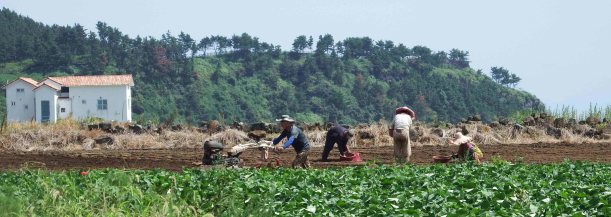Medicine has moved from old wives’ tales to a discipline founded on evidence, but agriculture and conservation haven’t completely caught up. A new paper by Defra’s chief scientific advisor and a collaborator argues that insights from pharmaceutical science can inform pesticide regulation and monitoring.
During the early stages of discovery and testing, pharmaceuticals and pesticides are regulated in a similar way. However, this changes in the later stages of testing and after approval, when pesticide monitoring lags far behind. Continue reading



